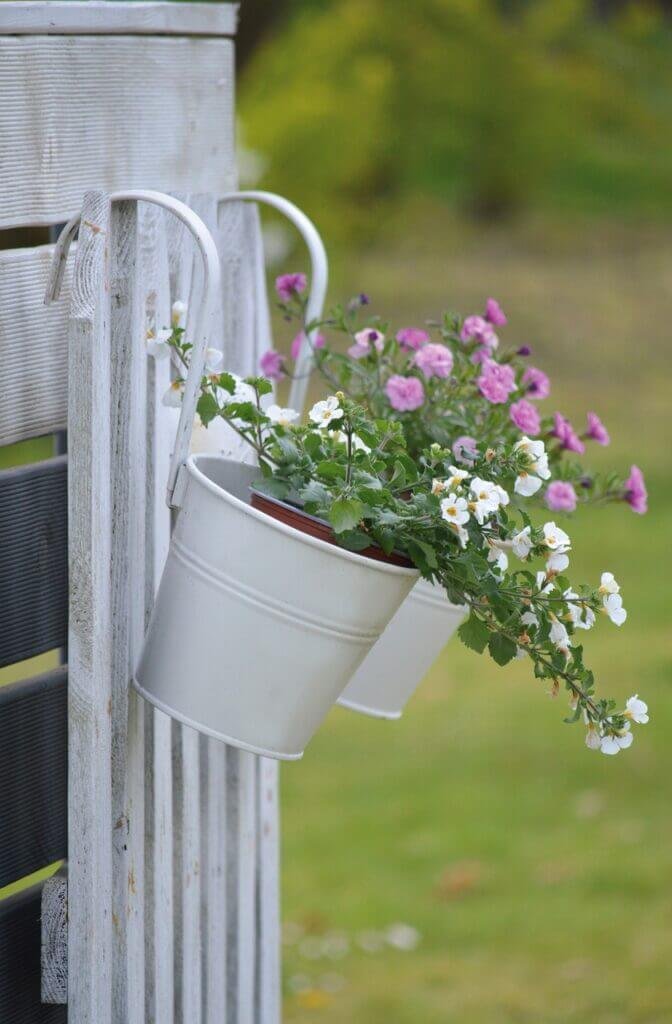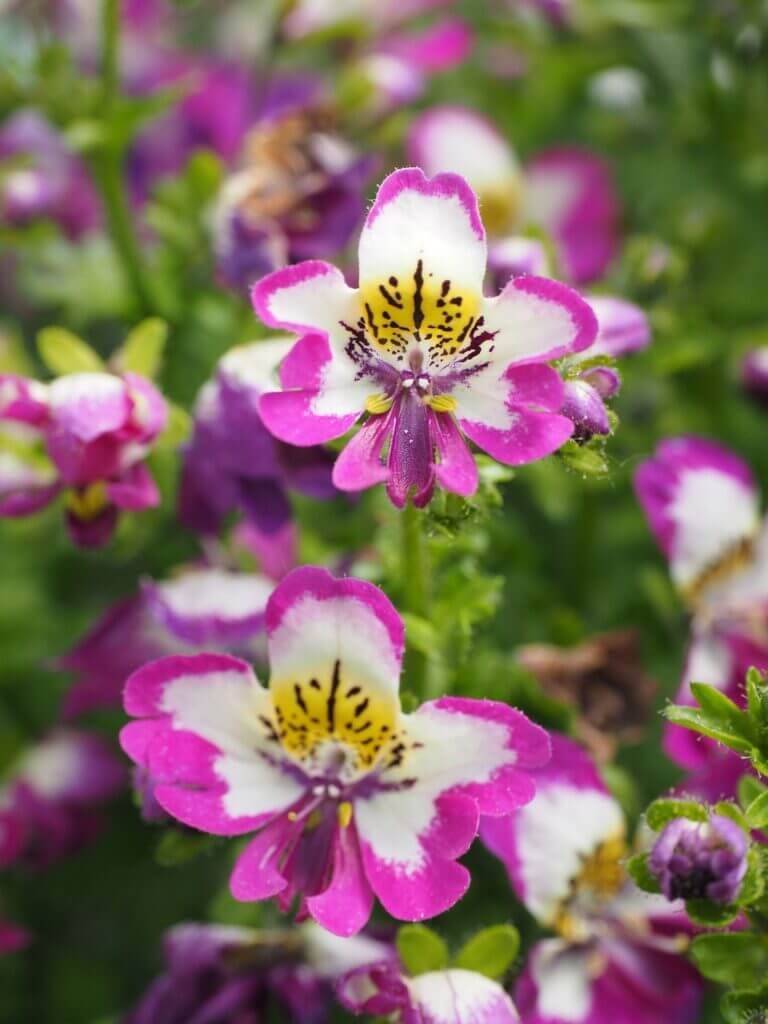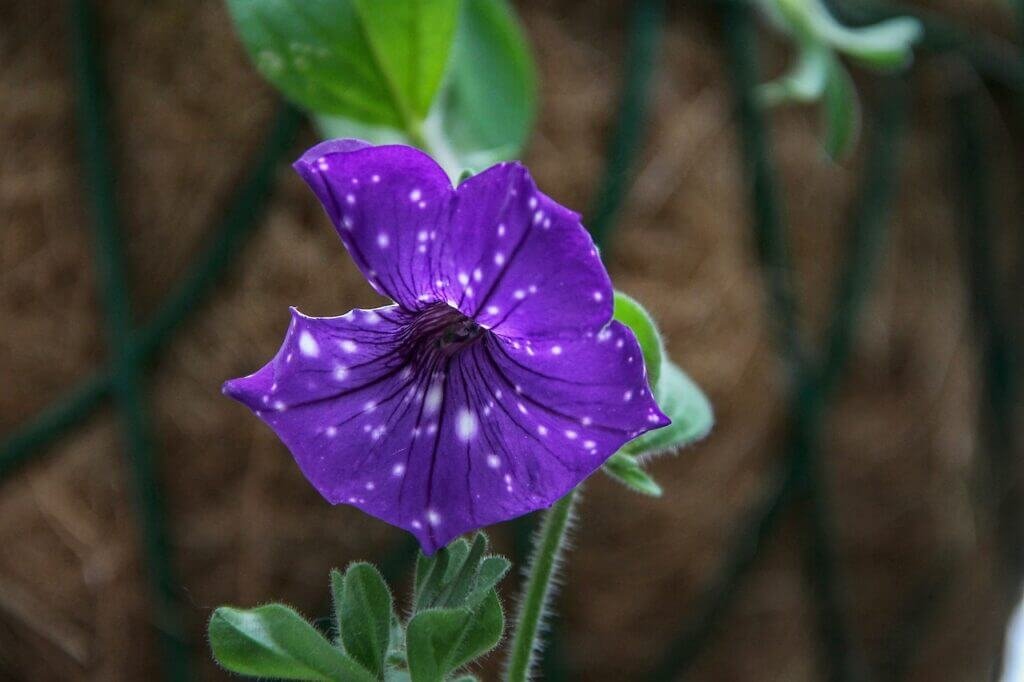So, you’ve decided to try your hand at balcony gardening and are eager to start growing your own little green oasis. But before you dive into the world of seedlings and soil, it’s important to choose the right containers that will support the flourishing growth of your plants. With a myriad of options available, from terracotta pots to hanging baskets, it can be overwhelming to find the perfect fit for your balcony. In this article, we’ll guide you through the process of selecting the ideal containers for your balcony gardening journey, ensuring that your plants thrive and bring beauty to your outdoor space. Choosing the right containers for your balcony gardening is essential for the health and success of your plants. The type of container you choose can greatly impact the growth of your plants, so it’s important to consider your options carefully. In this article, we will discuss different types of containers, their size and depth, drainage, materials, watering needs, aesthetics, accessibility and mobility, cost, maintenance, and additional considerations to help you make an informed decision.

Types of Containers
There are various types of containers available for balcony gardening, each with its own benefits and drawbacks. Plastic containers are lightweight, affordable, and come in a wide range of sizes and colors. Terracotta pots are more traditional, with a natural and rustic appearance, but they can be heavy and prone to cracking. Wooden boxes are durable and can add a rustic charm to your balcony, but they may require more maintenance. Metal planters can be sleek and modern, but they can heat up in the sun, potentially damaging the roots of your plants. Hanging baskets are great for maximizing space and adding a cascading effect to your balcony, while vertical planters are perfect for growing herbs and small plants vertically.
Size and Depth
When choosing containers for your balcony gardening, it’s important to consider the size and depth of the pots. Different plants have different root requirements, so you should choose containers that allow for proper root development. Larger plants generally require deeper containers to accommodate their root systems, while smaller plants can thrive in shallower pots. Consider the ultimate size of the plant and its growth habits when selecting the appropriate container size and depth.

Drainage
Proper drainage is crucial for the health of your plants, as it prevents waterlogged roots and the development of root rot. When choosing containers, make sure they have drainage holes to allow excess water to escape. If your containers don’t have drainage holes, you can create a layer of gravel or pebbles at the bottom to improve drainage. Additionally, elevating your containers on bricks or pot feet can help enhance drainage by allowing water to flow freely out of the pots.
Materials
The materials of your containers are important factors to consider, particularly based on your climate. Different materials have different levels of durability and weight. For example, plastic containers are lightweight and resistant to cracking, but they may become brittle under extreme sunlight exposure. Terracotta pots are fragile but breathable, allowing for proper airflow to the roots. Wooden boxes can withstand harsh weather conditions but may require regular maintenance like sealing or painting. Metal planters may heat up under the sun, potentially damaging the roots, so they should be used with caution in hot climates. Additionally, make sure to check whether the materials of your containers are non-toxic for the health of your plants.

Watering Needs
Watering your plants correctly is crucial for their overall health and well-being. When selecting containers, consider their water retention capabilities. Some materials, like terracotta, are porous and allow excess water to evaporate more quickly, preventing overwatering. On the other hand, plastic containers tend to retain more moisture and may require less frequent watering. Alternatively, you can choose self-watering containers that have built-in reservoirs, ensuring a consistent water supply for your plants.
Aesthetics
The aesthetic appeal of your containers can greatly enhance the overall look of your balcony garden. Consider the style and decor of your balcony when choosing containers. If you have a modern and sleek balcony, metal planters or plastic containers in bold colors may complement the space well. For a more rustic and natural feel, terracotta pots or wooden boxes can add character to your balcony. You can also mix and match containers of different sizes, shapes, and materials to create visual interest and variety.
Accessibility and Mobility
Considering the accessibility and mobility of your containers is important, especially if you have limited space on your balcony or if you plan on moving your plants around frequently. Choose containers that are easy to maneuver and reposition, particularly if you need to adjust their exposure to sunlight or protect them from extreme weather conditions. Lightweight containers made of materials such as plastic or fiberglass can make it easier to move your plants as needed.
Cost
Your budget constraints should also be taken into account when choosing containers for your balcony garden. Evaluate your budget and decide on the maximum amount you are willing to spend on containers. Keep in mind that investing in high-quality containers can be a wise long-term investment, as they are likely to last longer and provide a better environment for your plants.
Maintenance
Consider the cleaning requirements and weather resistance of the containers you choose. Certain materials, like plastic and metal, are generally easier to clean and maintain compared to porous materials like terracotta. Additionally, evaluate the weather resistance of your containers to ensure they can withstand the elements. Some materials, like wood, may require regular sealing or painting to protect them from moisture and sunlight damage.
Additional Considerations
In addition to the above factors, there are a few more considerations to keep in mind when choosing containers for your balcony garden. Consider container insulation, especially if you live in an area with extreme temperatures. Insulated containers can help regulate the temperature of the soil, protecting the roots of your plants from excessive heat or cold. Moreover, evaluate the sun exposure of your balcony to determine the best types of containers for your specific conditions. Some materials, like metal, can absorb and retain more heat, potentially harming your plants if exposed to direct sunlight for extended periods.
By considering the types of containers, their size and depth, drainage, materials, watering needs, aesthetics, accessibility and mobility, cost, maintenance, and additional considerations, you can make an informed decision when selecting the right containers for your balcony gardening. Remember to choose containers that provide the optimal growing conditions for your plants, while also complementing the style and space of your balcony. With the right containers, you can create a thriving and visually appealing balcony garden that brings joy and beauty to your outdoor oasis.


